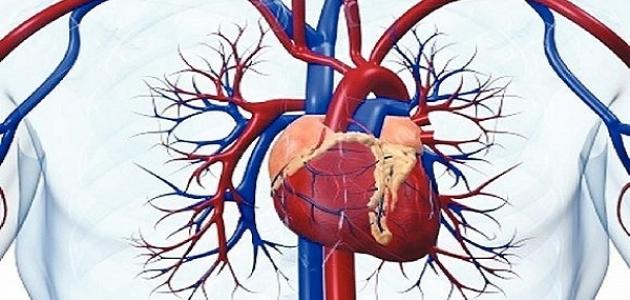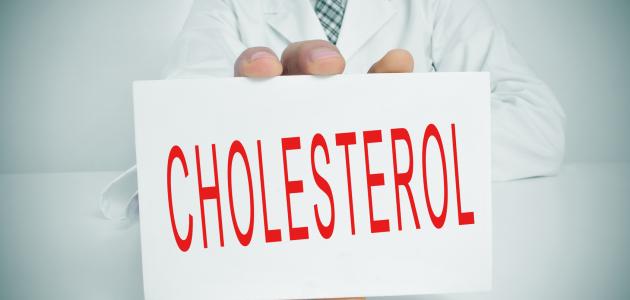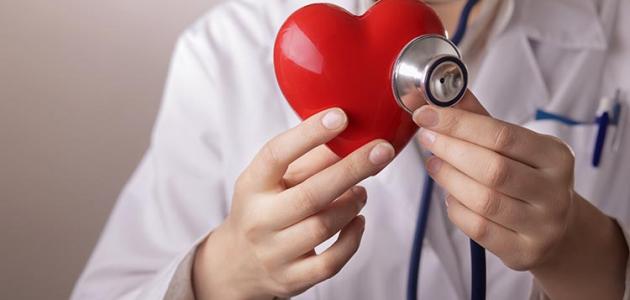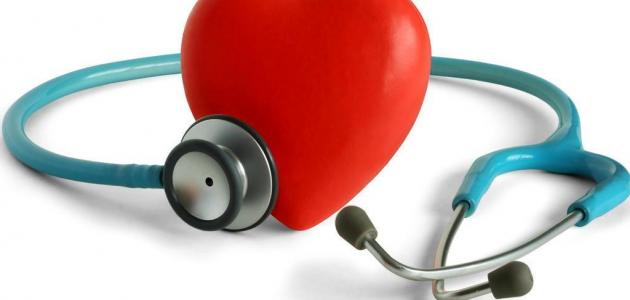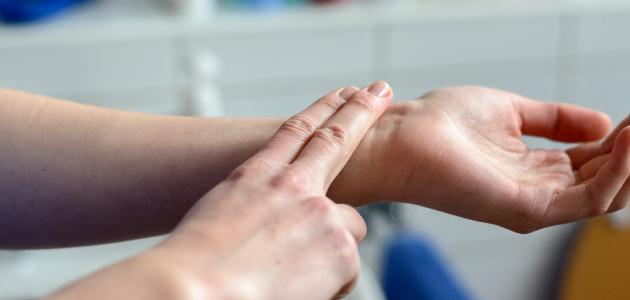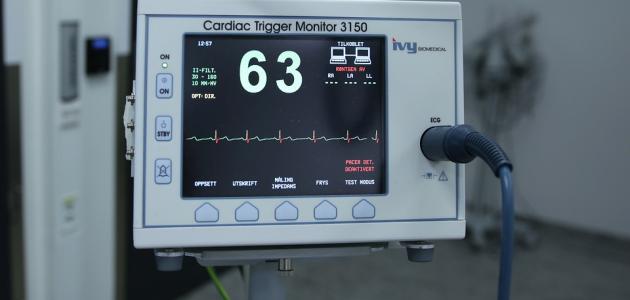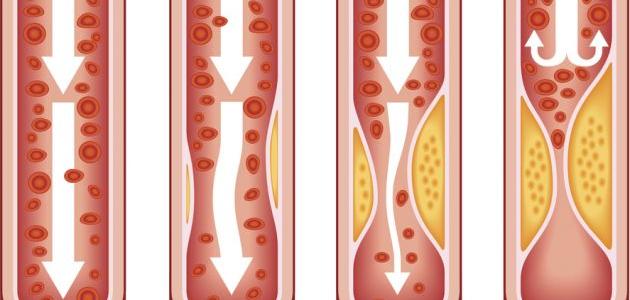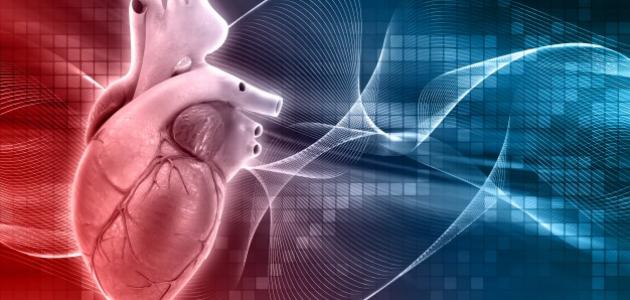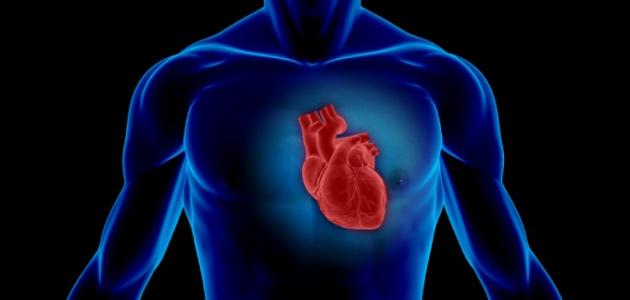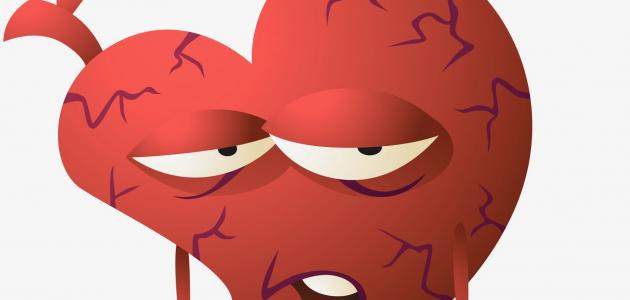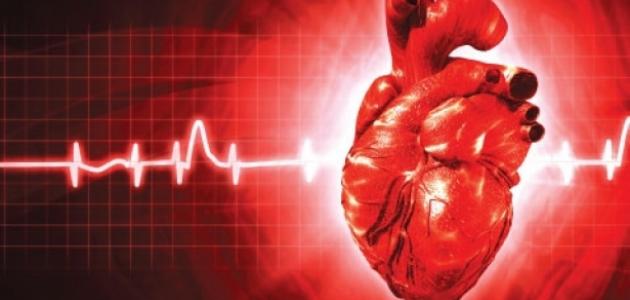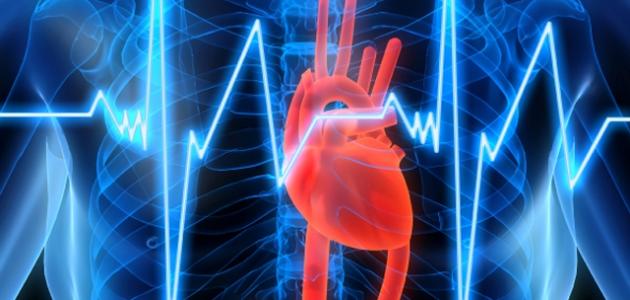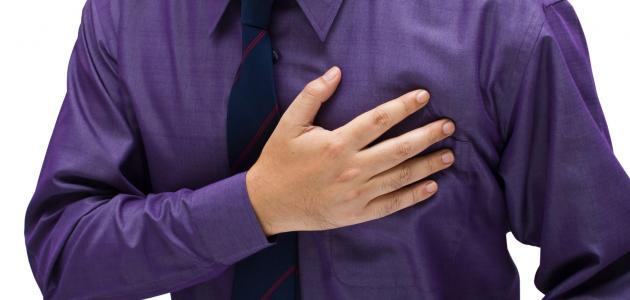Contents
Where is the location of the heart in the human body
The heart is a hollow muscular organ that pumps blood through the blood vessels within the circulatory system, as it is the main organ in the circulatory system, and it is located in the middle of the chest, tilting to the left slightly, and its size is the size of a fist, and it is the strongest muscle in the human body, and the heart beats daily at a rate of one hundred thousand A beat, but in one minute the heart beats seventy, and this number increases when doing exercise.
The external structure of the heart
The heart is covered by a membrane called "the pericardium", which is a serous fibrous sac containing a little fluid, and it is divided into two parts, namely: the fibrous pericardium, which connects to the middle ligament of the diaphragm, and the serous pericardium, and it connects directly to the heart, and then the heart muscle, and owns these The muscle has properties that differ from other muscles, and it contracts continuously. As for the heart wall, it contains three layers: the endocardium, meaning the endocardium, the cardiac muscle, and the pericardium.
The heart contains four cavities, which are: the right atrium, the left atrium from the top, the right ventricle, and the left ventricle from the bottom. A flat dorsal face.
The internal structure of the heart
The inner structure of the heart consists of atrioventricular valves that enable blood to pass from the atria to the ventricles without returning in the opposite direction, and the separation is between each atrium and the ventricle of the atrioventricular valve, but between the left atrium and the left ventricle, it is separated by the mitral valve, and between the right atrium and the ventricle The right is the tricuspid valve, and there are meniscal valves at the base of each artery emanating from the heart.
Arteries and veins
Arteries are blood vessels that carry blood from the heart to other organs, and they transport blood loaded with carbon dioxide through the pulmonary artery in order to filter it, and the aorta carries oxygenated blood to the organs in order to complete their metabolism processes, and veins are vessels that return blood from the organs to the heart, The blood in it is oxygenated. This is due to its return from the lungs to the heart.
Heart disease
- Heart failure: This disease causes the inability to pump sufficient amounts of blood into the tissues, and the reason for this is due to a heart failure, or because of high blood pressure.
- Angina pectoris: It occurs due to insufficient blood supply to the heart due to spasm of the coronary arteries, or their narrowing.
- Arrhythmias : Irregularities in the heart rhythm occur in a way that may be rapid or slow.
